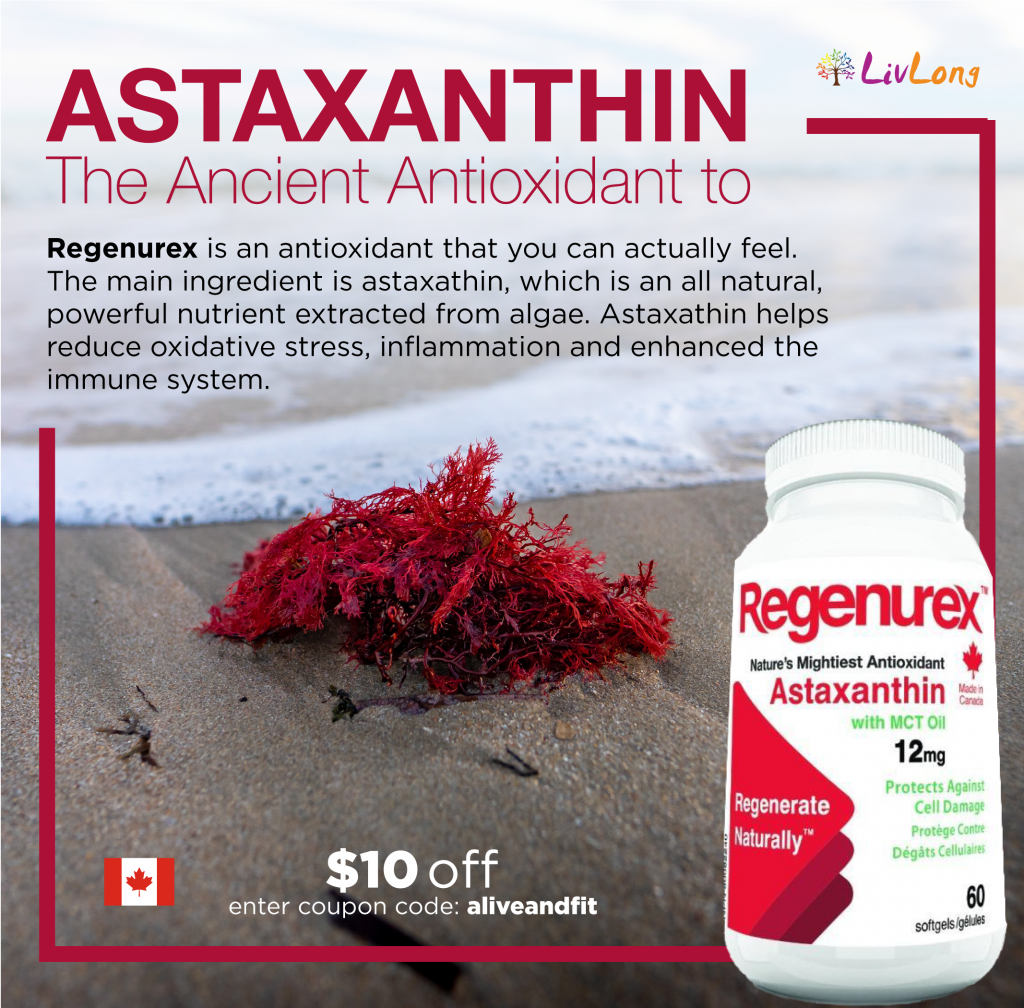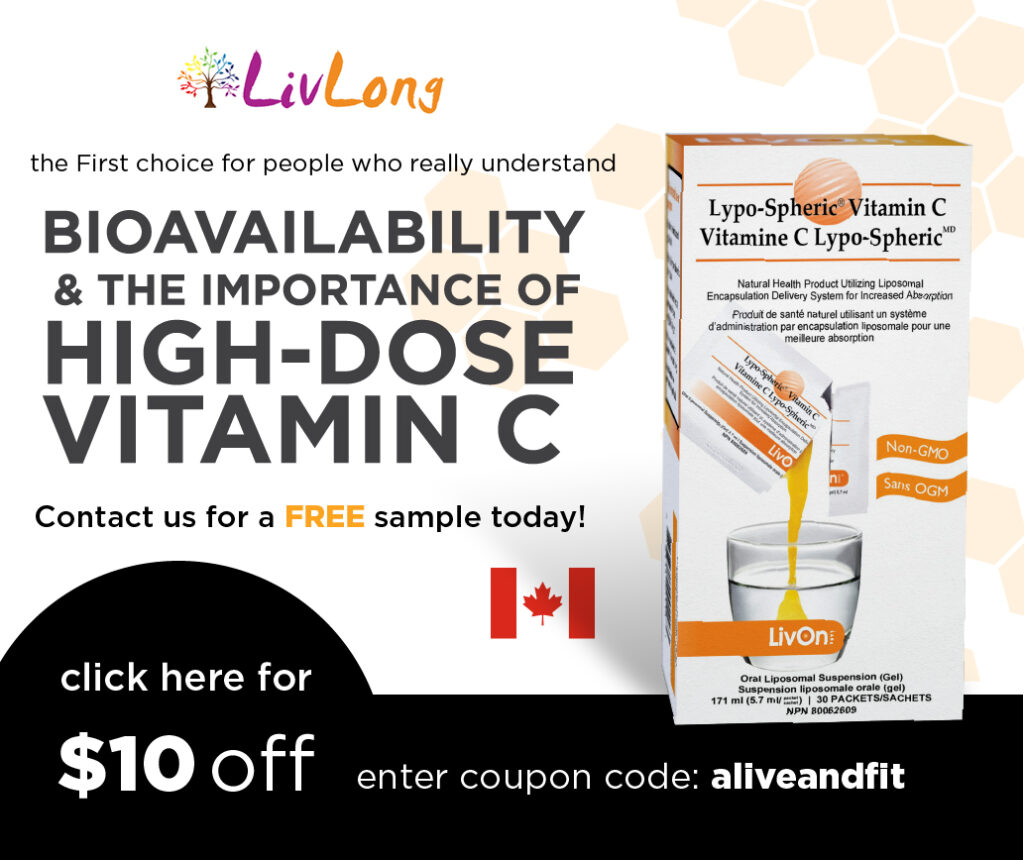Sunshine: powerful preventative medicine
How to maximize sun’s benefits, minimize adverse effects
By Lisa Kowalyk, CNP, B.Kin
Long ago, sun bathing was considered medicine. In several cultures spanning throughout history from Asia to Rome, spending time in the sun was considered a non-negotiable preventative health measure. Today, in functional medicine the spectrum of light is widely used in disease treatment under the umbrella of photobioulation!
Our modern society has been largely disconnected from the sun. We’ve developed a collective sun phobia. As a result, most people aren’t receiving the benefits from the sun that are needed to sustain health, which research shows is a contributing factor to the onset of many chronic illnesses.
We often hear about the risks of sun exposure, but it’s time that conversation was flipped.
Benefits of Sunbathing
Connecting back to the sun in a safe and controlled manner is a free boost to our biology that can yield profound effects. When it comes to the benefits to the sun on human health there are several:
PROMOTES RESTFUL SLEEP
Sun regulates our circadian rhythm by controlling melatonin production. When our eyes are exposed to sunlight in the morning, it ‘dissolves’ any remaining melatonin allowing us to fully wake up. In addition, exposure to sun in the morning promotes adequate release of melatonin at night. This allows us to feel tired and is what enables us to effortlessly drift off into a peaceful, deep slumber.
INCREASES MOOD
Sun exposure increases the happiness hormone serotonin and optimizes metabolic processes that impact mood. Research shows that those who have less sun exposure are at a higher risk for mood disorders such as depression than their sun-loving counterparts.
MAKES VITAMIN D
Vitamin D is critical for bone health and immunity. Without enough vitamin D, calcium can’t get into bones or teeth and risk for osteopenia, osteoporosis and fractures increases substantially. Our immune cells require vitamin D to properly develop and to compound on this, Vitamin D codes for proteins that fight incoming pathogens such as viruses and bacteria. Low sun exposure and vitamin D status predisposes us to infections.
IMPROVES CIRCULATION AND BLOOD PRESSURE
When sunlight is absorbed into the skin, it prompts the synthesis of a compound called nitricoxide. Nitric oxide dilates blood vessels to help improve circulation and can have a favorable effect on blood pressure. Research shows direct exposure in the morning maximized this more than at other times during the day.
SAFE SUN EXPOSURE
UV rays are not inherently harmful. They become harmful when someone is exposed over their threshold and an inflammatory is initiated. Low antioxidant status and cell membrane rigidity are linked to low sun tolerance, which is the inability to spend time in the sun without adverse effects.
Two well researched antioxidants in terms of sun protection are astaxanthin and vitamin c. Both offer a therapeutic edge and increase sun tolerance, while minimizing sun damage.
Astaxanthin
Astaxanthin is a potent anti-inflammatory and antioxidant, honored for its sun protective properties. It is able to neutralize free radicals that can be generated by UV rays. It has also been shown to reduce inflammatory markers associated with the onset and severity of sunburns. Beyond the short-term effects, in the long-term, astaxanthin can help reduce photoaging and moisture loss that is associated with sun exposure.
Vitamin C
Vitamin C offers photo protection to those exposed to high levels of UV rays coming from the sun. The highest concentration of vitamin C is in the skin and it’s able to locally quench free radicals and inflammation, protecting collagen and maintaining health of the cells. Next, when we get a sunburn, DNA damage can occur. Vitamin C is DNA protective and helps to prevent sunburns in the first place.
Lastly, Research shows that those with equal amounts of lifelong sun exposure show less signs of external aging (think wrinkles), when vitamin C supplements are in the picture.
As a bonus, Lypo-Spheric® Vitamin C is wrapped in phospholipids which help keep cell membranes fluid- a characteristic of a sun resiliency!
To leverage the benefits of sunlight, we recommend getting out in the sun when you first wake up. The more skin exposed, the better. Incorporate it into your morning ritual and notice how much energy you have throughout the day. Always be sun smart and mindful of exposure- be sure to add in a vitamin C and Astaxanthin supplement for extra insurance!
3 TIPS to maximize benefits and reduce adverse effects:
1) Build sun tolerance. Start outside for five minutes and slowly work up to 20 minutes over the course of a few weeks – without sunscreen.
2) Morning sun is the best and safest sun for full body exposure, as the light responsible for burns doesn’t come through until later in the day. Limiting strong afternoon sun is the best sunburn prevention or utilizing hats, umbrellas and clothes that cover the body if outside in the peak hours.
3) Antioxidants offer internal protection from UV rays. While antioxidants shouldn’t replace sunscreen- they can increase resilience to the sun.
Lisa Kowalyk, B.Kin, is a certified nutritional practitioner.








